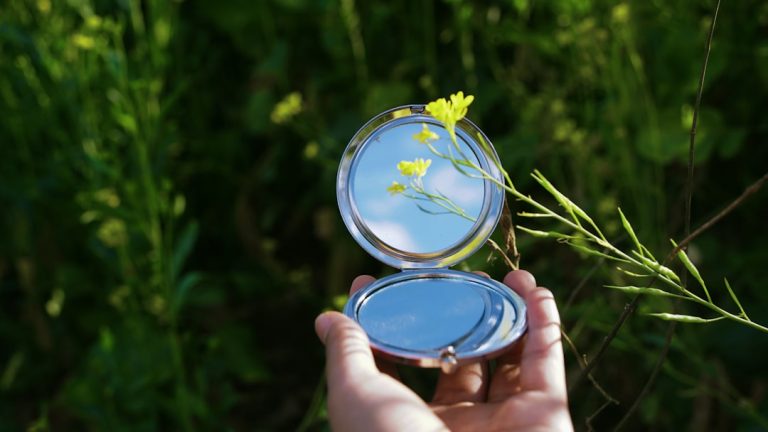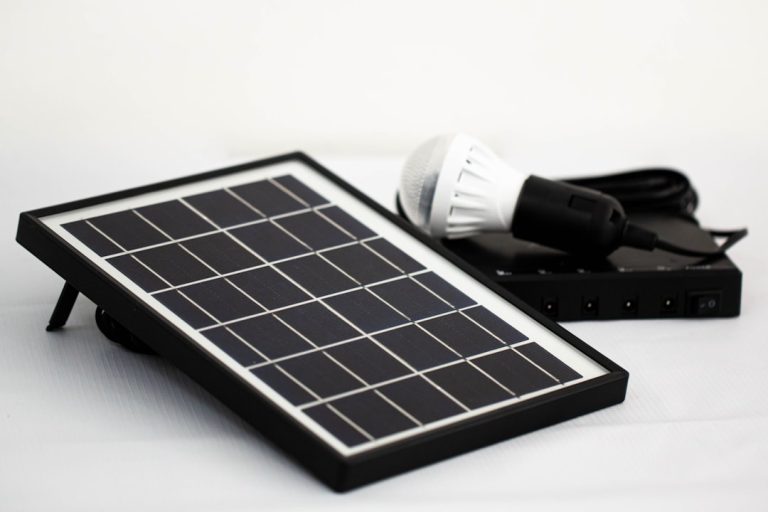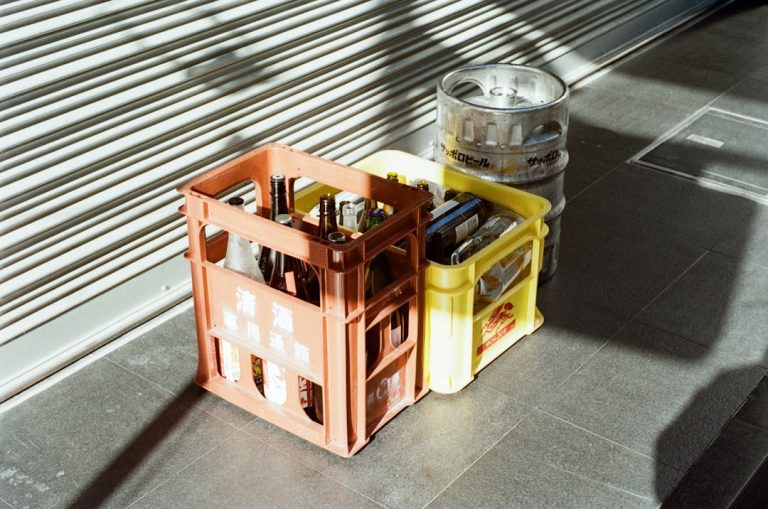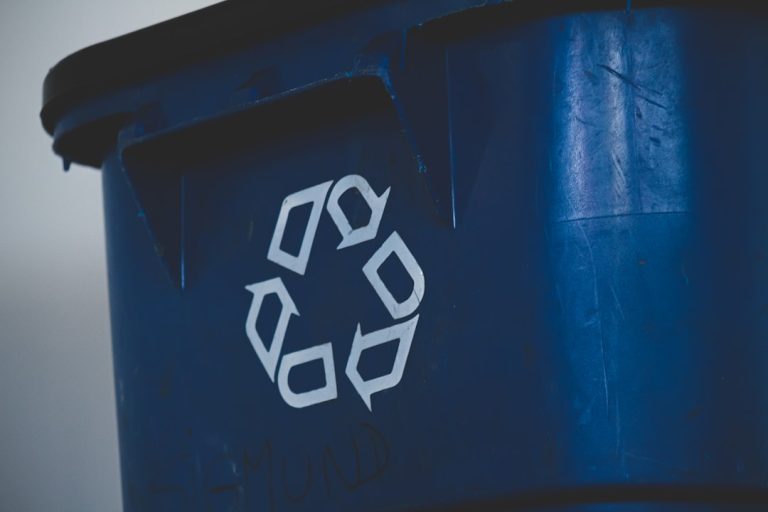How I Shop for Groceries Zero-waste Style (my Bulk Buying Tips).
How I Shop for Groceries Zero-waste Style (my Bulk Buying Tips)
For years, my grocery cart felt like a conveyor belt of plastic. Plastic packaging on pasta, plastic bags for produce, plastic containers for yogurt – it seemed impossible to avoid. But a few years ago, I decided enough was enough. I was determined to reduce my household waste, and the supermarket felt like the perfect, albeit challenging, place to start. What began as a daunting experiment has evolved into a streamlined, satisfying routine: my zero-waste grocery shopping style, heavily reliant on smart bulk buying.
This isn’t just about saving the planet, though that’s a huge motivator. It’s also about saving money, eating healthier, and gaining a deeper connection to where my food comes from. If you’ve ever felt overwhelmed by the idea of going zero-waste at the grocery store, or if you’re curious about how one person actually makes bulk buying work week after week, you’ve come to the right place. I’m going to walk you through my exact process, sharing the tips and tricks I’ve picked up along the way that make this lifestyle not just achievable, but enjoyable.
My Pre-Shop Blueprint: Setting Up for a Successful Zero-Waste Haul
Before I even think about stepping foot in a grocery store, there’s a crucial preparation phase that makes all the difference. This isn’t just about making a list; it’s about making a strategic list and gathering the right gear. Without this groundwork, my zero-waste efforts would quickly unravel into frustration and forgotten containers.
Auditing My Pantry and Planning Meals with Purpose
The first step is always a thorough audit of my existing pantry, fridge, and freezer. What do I already have? What’s about to expire? What staples are running low? This helps me avoid impulse buys and ensures I’m only purchasing what I truly need. Next, I plan my meals for the week ahead. This is absolutely critical for bulk buying, as it dictates the exact quantities of ingredients I’ll need. Instead of just buying “some rice,” I know I need “2 cups of brown rice for Tuesday’s stir-fry and 1 cup of lentils for Wednesday’s soup.” This precision prevents over-buying and subsequent food waste – a core tenet of zero-waste living. This foresight also helps me remember to use up older ingredients first, aligning with the EPA’s Food Recovery Hierarchy, which prioritizes reducing food waste at the source.
Assembling My Zero-Waste Arsenal: The Container Crew
Once my list is complete, I gather my containers. This is my “zero-waste arsenal.” It typically includes:
- Glass Jars: Various sizes for grains, nuts, seeds, spices, and even liquids like oils or maple syrup if the store allows. I save jars from old jam, pickles, or sauces, washing them thoroughly.
- Cloth Produce Bags: Lightweight mesh or solid cloth bags for fruits and vegetables. These replace those flimsy plastic bags from the produce aisle.
- Reusable Tote Bags: Sturdy bags for carrying everything home. I usually bring 3-4 large ones.
- Smaller Cloth Bags: For things like bread, pastries, or even bulk herbs.
- Empty Egg Carton: If my local farm stand or co-op offers bulk eggs.
- A Marker and Pen: For jotting down tare weights or product codes.
Before I leave, I weigh all my empty jars and containers and write their “tare” weight directly on them (or on a piece of tape stuck to them). This is crucial because when I fill them with bulk goods, the store will subtract this empty weight, ensuring I only pay for the product inside. This simple step saves me time and hassle at checkout.

Mastering the Bulk Aisle: My Step-by-Step Shopping Strategy
The bulk aisle used to intimidate me. So many options, so many bins! But with practice, it’s become my favorite part of the grocery store. It’s where I find incredible variety, often at better prices, and completely plastic-free. Here’s how I navigate it:
Approaching the Bulk Bins with Confidence and Clarity
My first stop is usually the customer service desk, or a designated weighing station, to confirm their bulk policy and tare my containers if I haven’t already. Some stores have scales right in the bulk section for this purpose. I then methodically work my way through my list, bin by bin. I always double-check the product description on the bin label to ensure I’m getting exactly what I need – brown rice vs. white rice, kidney beans vs. black beans, etc. This is also where I look for organic options, which are often available in bulk.
Filling, Labeling, and Tare Weight Triumphs
When filling my containers, I use the scoop provided (or sometimes bring my own if I know I’ll need a specific size for something like flour). I fill them to the desired quantity, keeping my meal plan in mind. Once filled, I write down the “PLU” (product lookup number) or item code from the bin label directly onto my container (or a piece of tape). This makes checkout smooth for the cashier. I also make a quick note of the product name, especially if it’s something obscure or visually similar to another item. This meticulous labeling is one of my top bulk buying tips; it prevents confusion and ensures accurate billing.
For items like fresh produce, I use my mesh produce bags. At the checkout, the cashier can easily see what’s inside, and there’s no plastic involved. If I’m buying a very small quantity of a spice or herb, I sometimes use a small paper bag provided by the store, or even a tiny cloth drawstring bag I carry specifically for that purpose. My goal is to leave the store with zero single-use packaging from my bulk purchases.
Bringing the Bounty Home: My Smart Storage for Bulk Buys
The zero-waste journey doesn’t end at the checkout. How I store my bulk purchases is just as important as how I buy them. Proper storage maximizes freshness, prevents spoilage, and keeps my pantry organized, making future meal prep a breeze.
Decanting and Organizing My Zero-Waste Pantry
As soon as I get home, I prioritize decanting. If I filled a large jar at the store, it goes straight into its designated spot. If I used a cloth bag for, say, oats or flour, I immediately transfer the contents into a clean, airtight glass jar or container that lives in my pantry. This not only keeps pests out but also preserves freshness far better than leaving items in permeable bags. My pantry features clear containers for most dry goods, allowing me to see at a glance what I have and how much is left. This visual organization is key to preventing duplicate purchases and managing inventory. I often label my jars with the item name and purchase date, especially for less frequently used items.
Extending Freshness and Avoiding Waste
For fresh produce, I employ various techniques to extend its life. Leafy greens get washed, dried thoroughly, and stored in a cloth bag or container with a damp paper towel in the fridge. Root vegetables are kept in a cool, dark place or a crisper drawer. Berries are stored unwashed until just before use to prevent mold. Any items nearing their end-of-life are prioritized for immediate cooking or freezing. For example, overripe bananas become banana bread, and wilting greens are blended into a smoothie or added to a stir-fry. This proactive approach to using up food is fundamental to my zero-waste philosophy, minimizing what ends up in the compost bin. I also find that buying in bulk and having a






